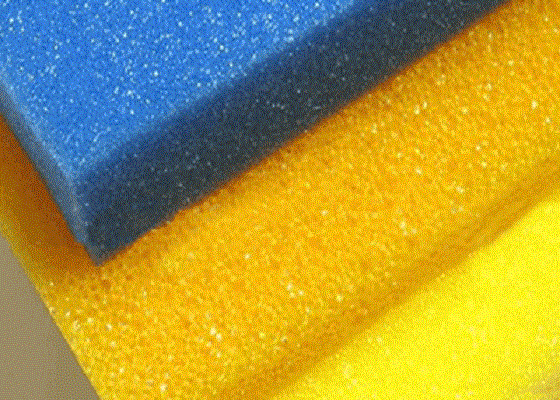Foam Particles Become Lithium Battery Electrodes
When moving house or received a package at home, there is always some more useless packaging filler material. But recently, Purdue University researchers demonstrated a new recycling method of foam packaging material. Packaging commonly used in foam filler particles (packaging peanuts) was made into a lithium electrode after processing. This electrode was better performance compared with the conventional graphite electrode. The finding recently at the 249th session of the National Meeting of the American Chemical Society was published on.

Today, most of the lithium-ion battery anode is made of graphite. Lithium-ion batteries exist in the electrolyte during charging, and these ions will be snapped to the graphite electrode. Now researchers at Purdue University are using polystyrene foam particles and starch-based foam particles made of a new type of carbon nano-particles and micro-chip electrode.
Proposal leads to a waste recycling foam particles of new technology. Boer said that the new electrode charging speed is faster and the capacity is also higher compared with commercial graphite electrode.
As a transportation package filler, foam particles are widely used worldwide. But it is difficult to degrade, and only about 10 percent recycling rate,” Boer said:” These very small particles density foam for recycling that need a large container to store. Recovery need high cost without profit.
As a result, the foam particles are often discarded as landfill, but they will not degrade in landfill for decades. Although the foam particles of starch-based material is easier than polystyrene degradation, but which will stand still and add chemicals into the soil and water, resulting in a potential environmental threat.
